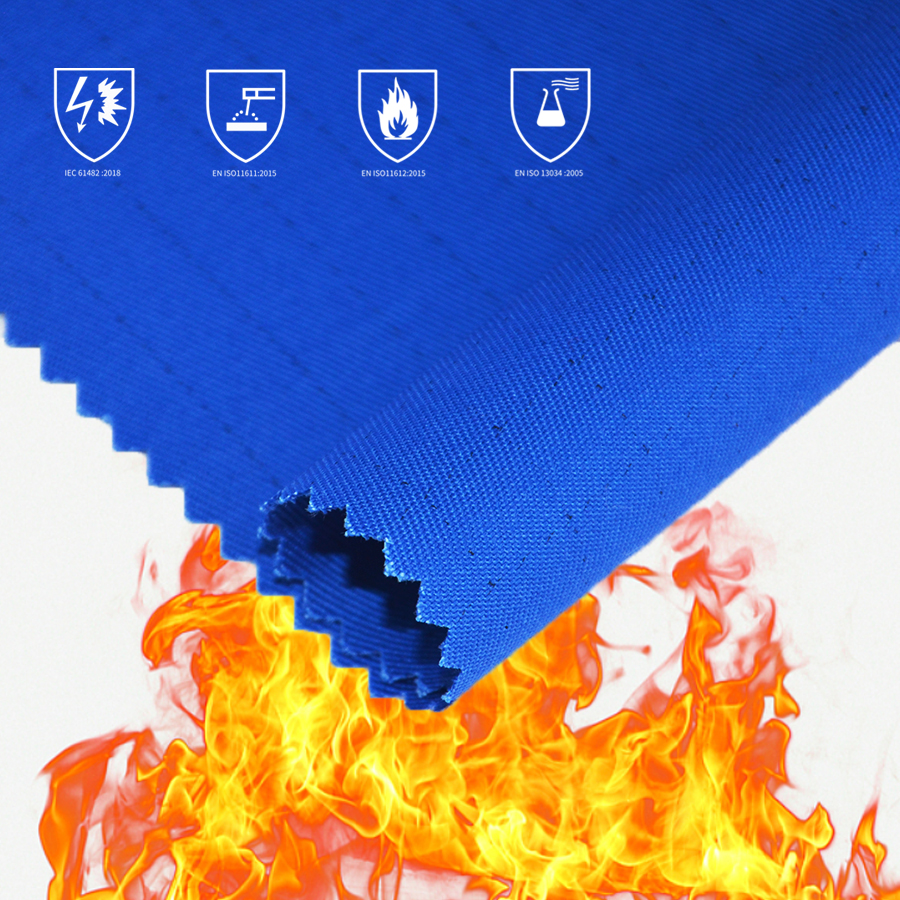What's the difference between Treated Fabric and Inherent Fabric?
May 20, 2024
Here is a breakdown of the difference between treated fabric and inherent fabric:
Treated Fabric
- Manufacturing Process: Treated fabrics are initially crafted from flammable fibers which are later treated with a chemical application that imparts flame-resistance.
- Flame Resistance: The flame-resistant properties are not intrinsic to the fiber itself but rather are a result of the chemical treatment. The treatment may be a finish that’s applied to the surface of the fabric or a process where the chemical treatment is added into the fabric during a stage of production.
- Durability: The flame resistance of treated fabrics can diminish over time, as the fabric undergoes cleaning and wear. Manufacturers typically specify the garment's flame-resistant lifespan which must be monitored to ensure safety.
- Usage: These fabrics can be ideal for those who need flame resistance but not necessarily for the lifetime of the garment, or where cost is a significant consideration.
Inherent Fabric
- Manufacturing Process: Inherent fabrics are made from fibers that have flame resistance built into their chemical structures. The process of turning the fiber into fabric doesn’t change its flame-resistant nature.
- Flame Resistance: The flame-resistant properties of inherent fabrics are permanent and cannot be washed out or worn away. These properties are part of the fiber's molecular structure.
- Durability: FR properties last the lifetime of an inherent fabric garment, offering consistent protection throughout the garment’s usable life without the need for retreatment.
- Usage: They can be more suitable for those who require FR garments for long-term use or in high-risk environments where consistent protection is critical.
Summarized Comparison:
| Aspect | Treated Fabric | Inherent Fabric |
|---|---|---|
| Fiber Origin | Flammable, made flame-resistant via treatment | Naturally flame-resistant |
| Flame-Resistance | From chemical treatment | Built into the fiber's structure |
| Durability of FR | Can diminish over time/wash cycles | Permanent throughout the fabric's life |
| Cost | May be less expensive initially | More expensive, but can be cost-effective over time |
| Ideal Usage | Short-term FR needs, cost-sensitive situations | Long-term FR needs, consistent protection |
For example, in industries such as oil and gas, electrical, and firefighting, choosing the appropriate type of fabric based on inherent or treated flame-resistant properties can be crucial for safety. Always consult with industry standards and safety requirements when selecting FR garments.




